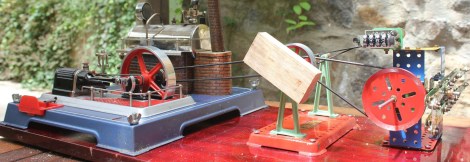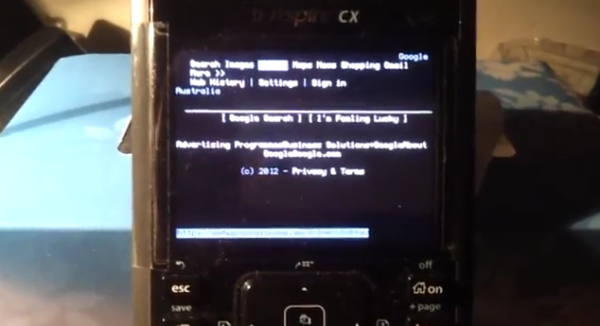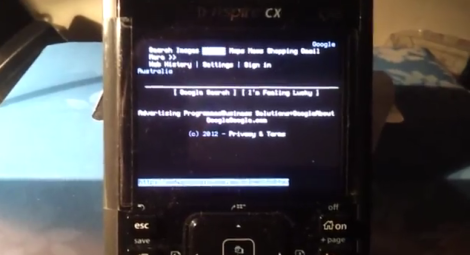
The key for [rybitski]’s apartment is a copy of a copy of a copy, and the landlord lost the original key years ago. The lock itself still works, but opening it with [rybiski]’s key is a chore. He wanted to make it easier to get into his apartment, and with Arduinos and such he figured he could make a keyless entry device for his front door.
After figuring out how to open his deadbolt with an Arduino and a rather powerful servo, [rybiski] looked into wireless control options. He found a keyless entry remote, complete with receiver, that integrated perfectly to just about any microcontroller project.
After mounting the Arduino, receiver, and servo on a piece of plastic, he attached his contraption to the deadbolt. In the video after the break, you can see his key fob remote locking and unlocking the deadbolt, all without jamming an ill-fitting key into the lock.
















